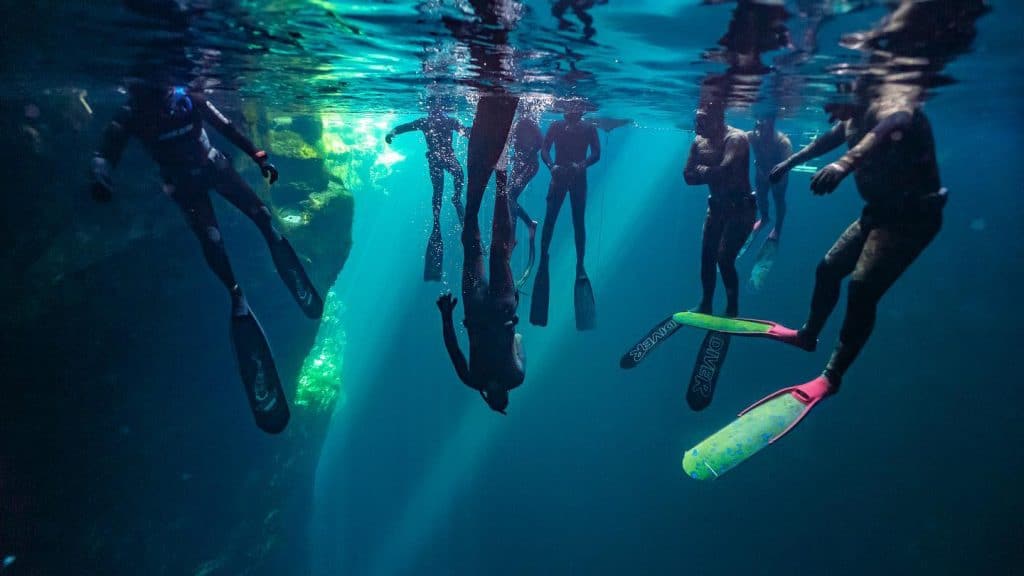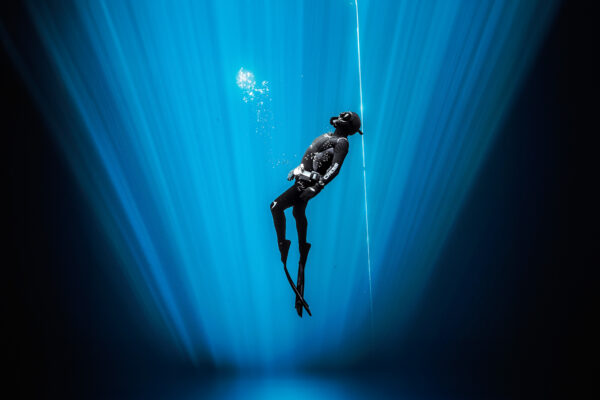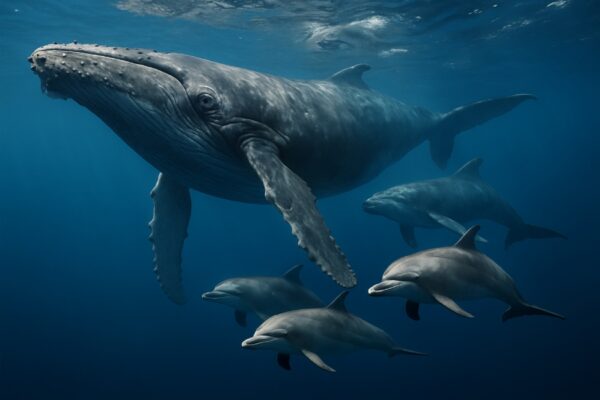Freediving & Photography within Ocean Conservation
Many people see freediving or “technical snorkelling” as some will joke, as solely as a leisure or competition activity, however unknown to many freediving is also commonly used an effective tool to conserve our marine life. Wether through freediving with manta rays for identification shots or simply its ability to spread marine life awareness through photos and videos freediving has many practical conservation utilities. Freediving itself is also a low impact and low maintenance water activity, meaning it is a very sustainable way to interact with our oceans.
Marine life is becoming an every increasing topic of interest within the general public, Blue Planted II was the most watched TV programme of 2017 with over 14 million viewers, it and others like it have had an unprecedented impact on the public, resulting in a rapidly increased interest in conversations surrounding marine conservation and care for the oceans.
This increase has also come at a critical time, the 2015 Living Planet Index showed a 49% decline in marine species due to issues such as climate change, exploitation and plastic pollution. Now 4 years on from this estimate, marine biodiversity is still rapidly deteriorating. It is no longer possible to rely on marine biologists alone to reverse the damage, so it is critical to rally as much support from the general public as possible and, in an age of social media, this is easier than ever. At present, around 27% of global coral reefs have been degraded by overfishing, pollution and other natural and human impacts. This is where freediving and photography can be utilised as a conservation tool.
By providing the public with the ability to connect with these stunning ecosystem through freediving, both the cost and risk of disturbance associated with mailer life protection (compared to untrained reef wrecking scuba divers) is decreased. The skill sets learned while freediving including being confident, calm and comfortable in open water are great assets in being able to reduce the chances of stepping or crashing into the reef. More importantly however, the personal and intimate connections formed with the underwater while freediving, are often the most effective and natural way to ignite someone’s care for the ocean, and in turn ocean conservation actions.
Without the noise and bubbles created while scuba diving, freediving allows us to come closer than before to marine life, which has many conservation advantages. Freediving has been used to identify humpback whale flukes in the water, which helped us to map the locations of individuals and populations around the world. Freediving can also be used in tiger shark identification, through photographing the distinct colouration of their counter shading. The spots on the underside of a manta ray belly are unique to each individual, for both oceanic and reef manta ray species. Freediving is commonly used to achieve ID shots and to help us to identify both the size and migration patterns of these rays. The unique spot patterns of whale sharks are also used to identify individuals, freediving is a great way to approach these sharks and to get close enough to photograph close up shots of their spot patterns.
Jono Allen
1. Tiger shark counter shading Jono Allen


2. Tiger shark eye ID shot
3. Whale shark ID shot


4. Whale shark ID shot Jono Allen

5. Freediving with manta rays Fiji



